Case Study: Converting a Manual Cannula Forming Process to an Automated Operation
Here is a case study video from a tier-1 medical manufacturer discussing the process of converting their manual cannula-forming process to an...
3 min read
 John A. Weismantel
:
Mar 1, 2024 9:30:50 AM
John A. Weismantel
:
Mar 1, 2024 9:30:50 AM
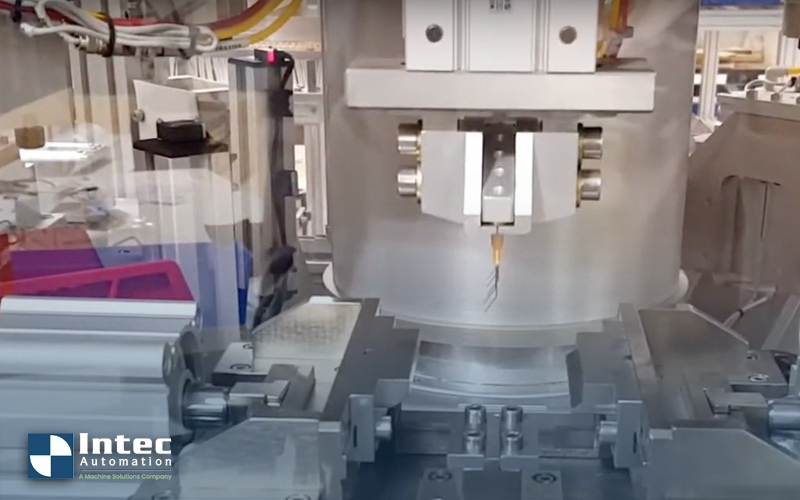
Automation is adding new efficiencies across every manufacturing sector due to a constrained labor market. For medical manufacturers, the growing demand for point-of-care and treatment devices is putting production lines under pressure, especially if you depend on manual processes to make products like cannulas.
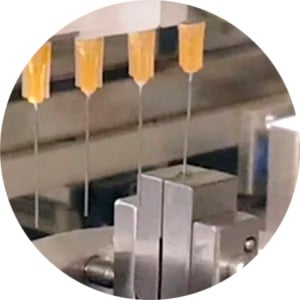 Intec Automation assists customers in automating these labor-intensive processes. In this blog, we’ll discuss the typical methodology we use to help customers move from manual operations to a completely automated cannula-forming process.
Intec Automation assists customers in automating these labor-intensive processes. In this blog, we’ll discuss the typical methodology we use to help customers move from manual operations to a completely automated cannula-forming process.
Customers approach us to assist with automating cannula forming for two main reasons:
Under these circumstances, we rarely have to sell the solution by listing the benefits it provides. However, automation delivers a repeatable and consistent process, while reducing labor dependency, and increasing production capacity.
These benefits, combined with our customers’ current manufacturing challenges, have led to Intec Automation becoming a leader in designing and building automated cannula-forming machines.
When customers reach out to Intec Automation, the initial request includes typical questions like:
At Intec, the answer to all these questions is always yes. We use a formal process to understand the requirements and generate a proposal that suits the scope of supply, according to the customer’s request. Intec Automation helps our customers calculate the ROI available from automating the cannula forming process, helping production engineers justify the decision to management.
Our typical project lifecycle starts once we receive the order.
The initial phase is to generate a conceptual design based on the part drawings and discussions with the customer. This will determine what gauge of cannulas will be required, how many the system should be able to produce, and how to validate the parts during the manufacturing process.
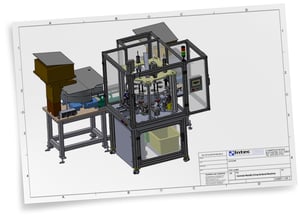 To finalize the design, we’ll hold three design reviews with our customers to ensure everyone remains aligned. The output of these design reviews results in a customized mechanical and electrical solution that can achieve the goals as defined in the initial requirement specification.
To finalize the design, we’ll hold three design reviews with our customers to ensure everyone remains aligned. The output of these design reviews results in a customized mechanical and electrical solution that can achieve the goals as defined in the initial requirement specification.
At this stage, we can send production intent components to major suppliers for inspection and feeding, ensuring we select equipment that guarantees success. Once the design is approved, we can start the build phase.
Intec Automation will now procure the equipment and components before starting the assembly process on our manufacturing floor. Our engineers validate each piece of equipment and will fabricate any custom components required. The programming happens during assembly and our control department will fine-tune the system according to the operating parameters and sequence of operations.
Intec will carry out internal acceptance tests to validate the machine is working as designed and conforms to all requirements. Through our sister companies, we can assist with risk assessments and provide validation services, if required.
Finally, we invite the customer to visit our manufacturing facility and attend the Factory Acceptance Test (FAT). Here, the customer’s team will run the system and ensure it’s working as per the design criteria. After a successful FAT, we pack up the machine and ship it to the customer’s facility.
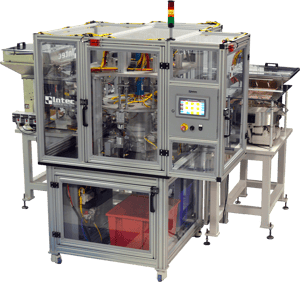 Intec Automation remains involved during the installation and start-up process if required by the customer. We’ll attend the Site Acceptance Test (SAT) to ensure the system operates as required in production.
Intec Automation remains involved during the installation and start-up process if required by the customer. We’ll attend the Site Acceptance Test (SAT) to ensure the system operates as required in production.
Our engineers will engage with customers on certain touch-points and assist with equipment health checks, provide support, develop service schedules, and help optimize the machine for Overall Equipment Effectiveness (OEE).
Customers will have detailed maintenance instructions, receive the required training, and know what the typical wear items are to keep in stock to limit downtime. We help customers to develop a long-term plan that guarantees the success of the automated cannula forming machine.
From the initial request to full production usually takes Intec Automation only 20 weeks in many cases. Our experience in this field of manufacturing gives us the edge as we know the intricacies of designing, building, and delivering cannula forming machines for a variety of manufacturers. Our machines are user-friendly, operate at the maximum possible uptime, and ensure a consistent and repeatable cannula manufacturing process.
The first step to moving from a manual forming process to fully automated cannula manufacturing is to calculate the potential ROI. To get started today, use our interactive ROI calculator here.
For more general information about Intec Automation and our capabilities, contact us on this page.
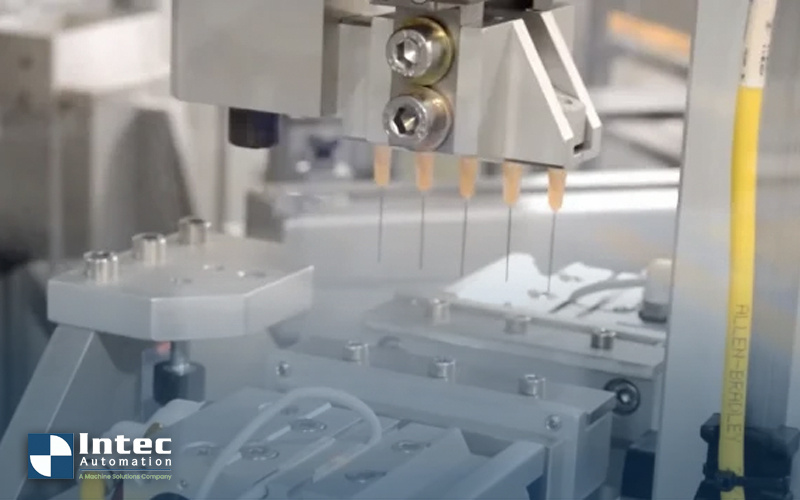
Here is a case study video from a tier-1 medical manufacturer discussing the process of converting their manual cannula-forming process to an...
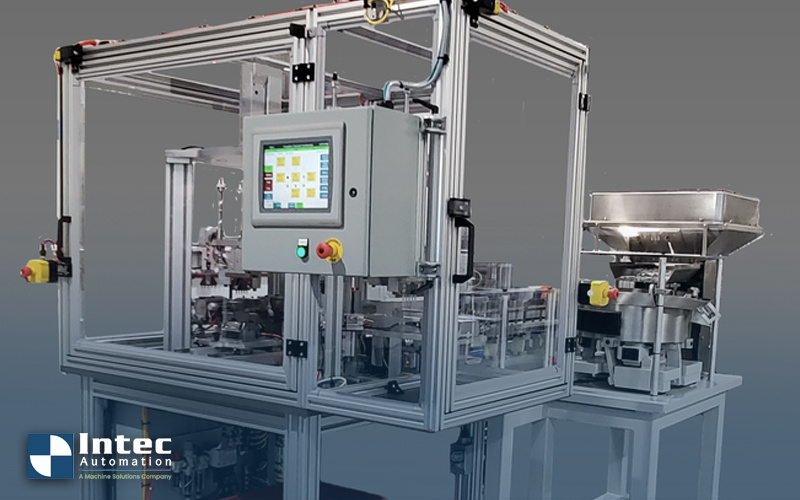
Here is a case study video from a tier-1 medical manufacturer discussing the impacts of reliable service and support that Intec Automation provided...
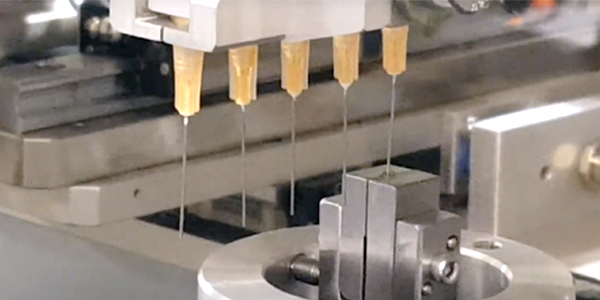
So, what is the difference between blunt needles and cystotome cannula needles? Blunt Cannula needles are thin, hollow tubes with blunt ends which...